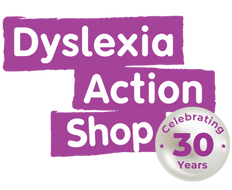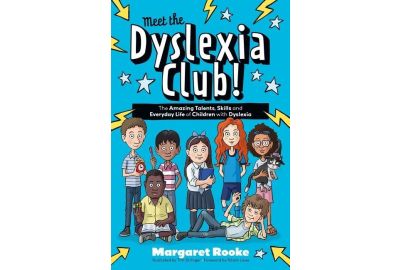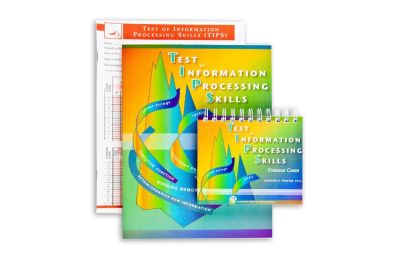Meet the Dyslexia Club written by Margaret Rooke and illustrated by Tim Stringer is a book primarily aimed at children with dyslexia. It also offers advice for parents and professionals about how they can best support dyslexic young people. Throughout the book a dyslexia-friendly text and layout is used. The illustrations support the text, and help set the warm, friendly tone of the book.
The book begins with an inspirational foreword by Roisin Lowe, where her struggles as a dyslexic child are discussed. A positive experience with an understanding teacher changed things for her, and her experiences have shaped her own teaching career. She recognises all achievements her students make, no matter how small.
In the introduction the author explains that both she and her daughter are dyslexic and that she wrote the book to help other dyslexic children. The typical areas where dyslexics may have challenges are discussed, as is the acknowledgement that we all have things that make us special, along with the importance of believing in yourself.
The book is based on 13 different children, each with dyslexia, and some have co-existing neurodivergences such as dyspraxia or ADHD. Each child has a section about themselves written in the first person. Their difficulties are discussed, along with their strengths, and the support they have in place – adjustments, technology and how grown-ups help them. As a dyslexic myself, I could relate to some of the children in the book.
Following the children’s sections is a group page of all the children, ‘The Dyslexia Club’, where focusing on what you’re good at, enjoying yourself and being resilient is encouraged. This leads into sections listing: where to find help; how grown-ups can help you at home and at school; explanations of different terms such as ‘dyslexia’ and ‘autism’; books that might help; and useful websites.
I enjoyed reading the book; it meets the author’s intentions of helping other dyslexic children. It is relatable and full of practical and reasonable adjustments which can be made to support dyslexics. I feel this book would have helped me as a child, and would be a great addition to have available in a school.
Reviewed by Rebecca Bland, ADG.
The article was originally published in The Dyslexia Review, Vol 35, No 1 Spring Summer 2025.




